Articulation and Phonological Therapy Approaches: What is the Best Speech Sound Therapy?
It can be very difficult to figure out what type of speech sound therapy to do with a child. Today, I’m going to walk you through the four main types of therapy and when to use them. Plus, I’ll touch on some of the less common types of speech sound therapy in case you’ve tried all of the mainstream approaches with no success.
Speech Therapy Approach Flow Chart:
While there is no one right or wrong way to choose a speech sound therapy, this flow chart will give you a basic logic to get you started. Not all children will fall neatly into one of these categories but you can start here and move on from there.
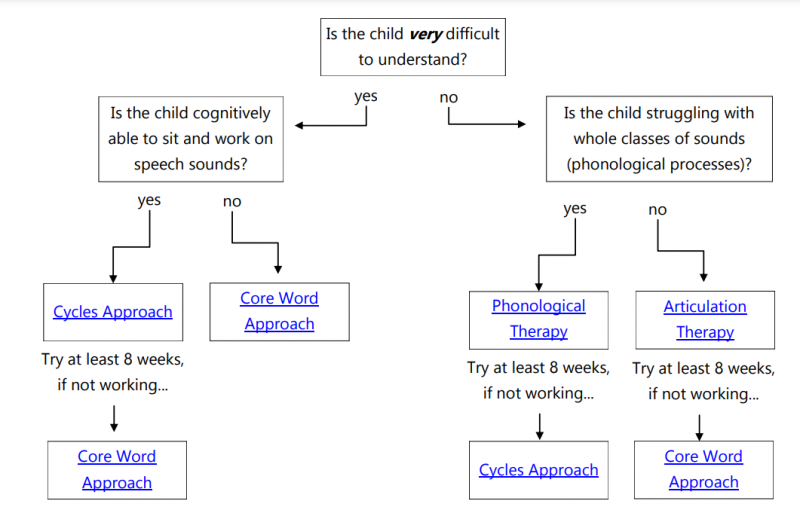
Articulation Therapy Approach
- For children working on a single sound error or substitution that is not part of a whole class of sounds
- Some children have more than one articulation error
- Some children have articulation errors in addition to phonology errors
- This is the most straight-forward type of therapy to do
- Start with sounds in isolation, then nonsense syllables, single words, phrases, sentences, structured conversational tasks, unstructured conversation
Click Here to Start by Teaching Sounds in Isolation Using the Articulation Therapy Approach
Phonological Therapy Approach
- For children who have phonological processes, or problems with entire classes of sounds
- These children are often difficult to understand due to many sound errors
- All children use phonological processes up to certain ages but they disappear between 3-5 years
- Therapy differs from articulation because you don’t start with sounds in isolation, you start with minimal pairs of whole words to show the difference between the correct production and the child’s error
- Therapy Phases: Auditory discrimination, production at the single word level, phrase, sentence, unstructured conversation, structured conversation
Click Here to Learn More About Therapy for Phonological Disorders
Cycles Therapy Approach
- For children who meet the following criteria:
- Highly unintelligible (very difficult to understand)
- Frequently leave out or omit speech sounds
- Replace some sounds with other sounds
- Don’t use very many different consonant sounds
- Instead of working on one phonological process until it is mastered, the children works on each process for a few sessions before moving on to the next. Then, processes are cycled through and targeted again
- This approach is supposed to mirror typical phonological development
Core Word Therapy Approach
- Good for children with very severe speech problems (like severe childhood apraxia of speech) or those with limited attention for drill and practice. Also helpful for children who make very slow progress in speech or who only say a few words because of their speech problems
- A short list of common words that the child mis-pronounces is assembled
- These words are practiced in isolation and then the child gets to play with whatever he wants (as long as he will talk with the therapist). When those words come up in conversation, they are practiced with correct production
Other Speech Sound Therapy Approaches
- Contextual Utilization: Pair the target sound in syllables with other sounds that will make it easier for the child to produce it (For example, production of a “t” may be facilitated in the context of a high front vowel)
- Minimal Oppositions Contrast Therapy: also known as “minimal pairs” therapy, uses pairs of words that differ by only one phoneme or single feature signaling a change in meaning, in an effort to establish contrasts not present in the child’s phonological system
- Maximal Oppositions Contrast Therapy: uses pairs of words in which one speech sound known and produced by the child is contrasted with a maximally opposing sound not known or produced by the child
- Treatment of the Empty Set: similar to maximal opposition contrasts, but uses pairs of words containing two maximally opposing sounds that are unknown to the child—ideally, an obstruent with a sonorant (e.g., /l/ vs. /s/
- Multiple Oppositions Contrast Therapy: a variation of the minimal opposition contrast approach that uses pairs of words contrasting a child’s error sound with three or four strategically selected sounds that reflect both maximal classification and maximal distinction
- Distinctive Feature Therapy: Target distinctive features that are missing in the child’s repertoire (frication, nasality, voicing, and place of articulation)
- Metaphon Therapy: Metaphon therapy is designed to teach metaphonological awareness, the awareness of the phonological structure of language. You teach the child about phonological rules, like the difference between noisy and quiet sounds for voiced vs. voiceless
- Naturalistic Speech Intelligibility Intervention: During natural activities, the child’s errors are recast when the child is most likely to repeat them but the child is not demanded to do so
More Information on the Additional Approaches Here: https://www.asha.org/practice-portal/clinical-topics/articulation-and-phonology/#collapse_6
Additional Resources for Speech Sound Therapy:
Need some pre-made materials for working with these therapy approaches? Check out our best materials here:
Courses for Speech Sound Therapy:
Need more ideas? We have some amazing courses that will walk you through how to conduct speech sound therapy in a variety of ways.

About the Author: Carrie Clark, MA CCC-SLP
Hi, I’m Carrie! I’m a speech-language pathologist from Columbia, Missouri, USA. I’ve worked with children and teenagers of all ages in schools, preschools, and even my own private practice. I love digging through the research on speech and language topics and breaking it down into step-by-step plans for my followers.
Fun Fact: At the last ASHA convention I went to, I purchased a double-wide booth so I could fill it with inflatable lounge chairs and phone chargers to create a hangout space. Did you see me there???
Connect with Me:
Listen to the Podcast Version of this Info Here:
Podcast: Play in new window | Download | Embed
Subscribe: Apple Podcasts | RSS

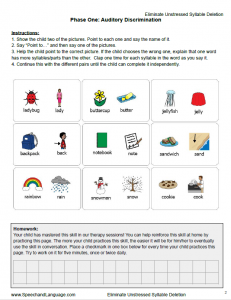
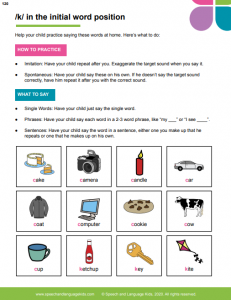
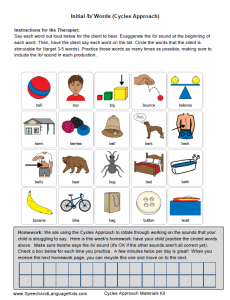
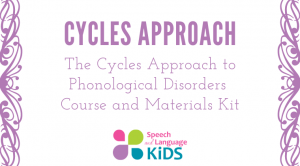
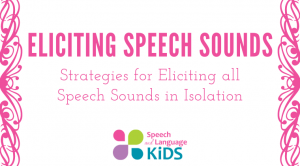





Wow, I had no idea there were so many different approaches to speech therapy. I have a niece who has a hard time pronouncing the “th” sound. I think in that case articulation therapy would be the best option for her.
Usually articulation is best if there is just one sound that the child is having trouble with!
I like your comment on how phonology therapy can be useful for people who have problems with entire classes of sound. I would imagine that if your child struggles with a broad range of problems this would be helpful. This would probably allow them to get these processes even after the ages of 3-5 like you mentioned.
Exactly!
I like that you mentioned that core word approach is a type of speech therapy that helps children with severe problems in speaking and can only speak a few words. My son is turning 4 next month, but he’s still unable to construct a sentence. His vocabulary seems to be too limited, so I will be sure to consider visiting a speech therapist and ask about core word approach.
It was nice that you suggested choosing a core word approach if your child is suffering from very severe speech problems and is making a very slow progress in speech. My 5-year old son could not make a sentence and often cries when he needs anything that he could not talk about. I’m interested in finding a speech pathologist for him, so I’ll make sure to consider all your tips.
what approach should I use for someone with speech delay?